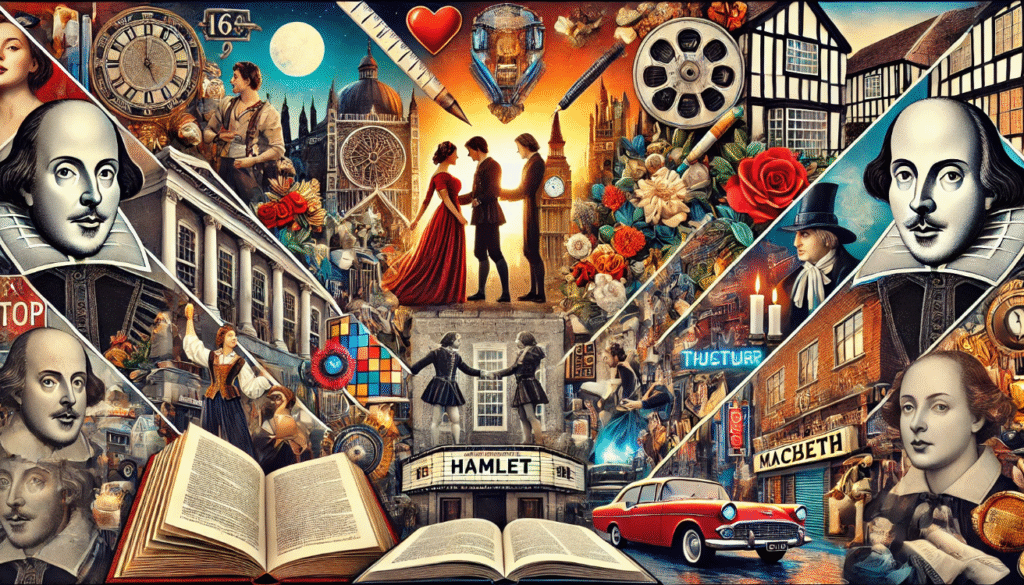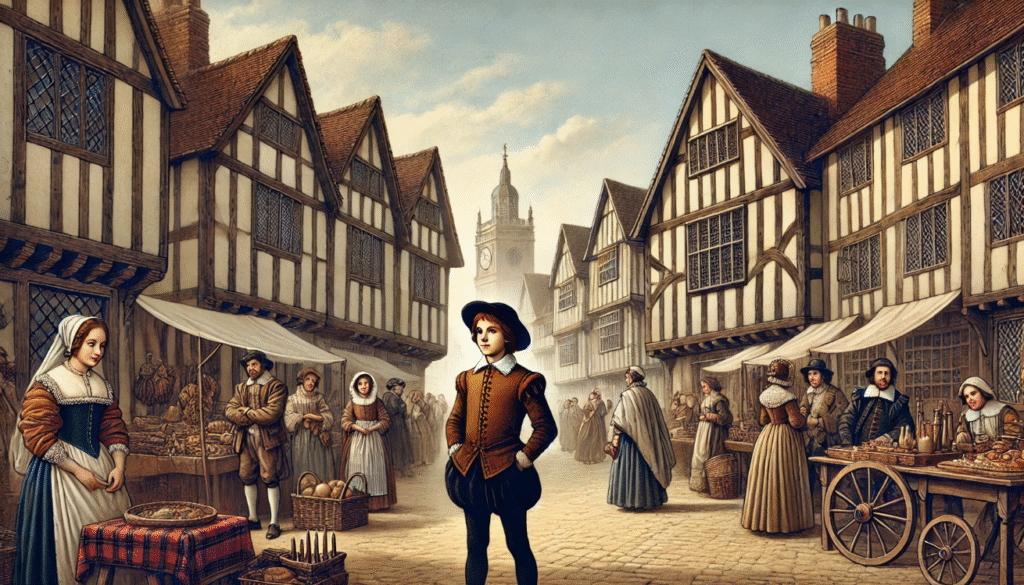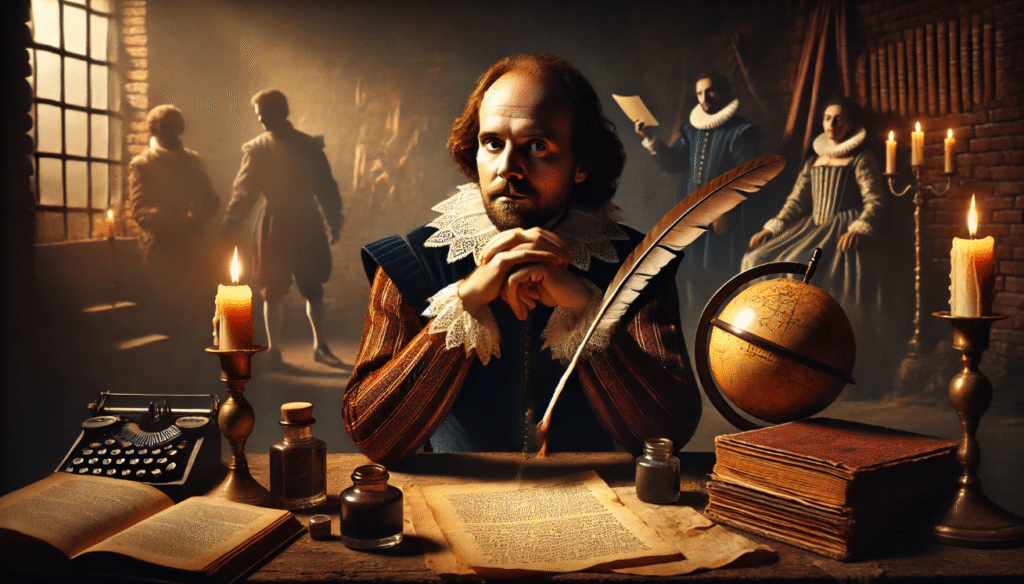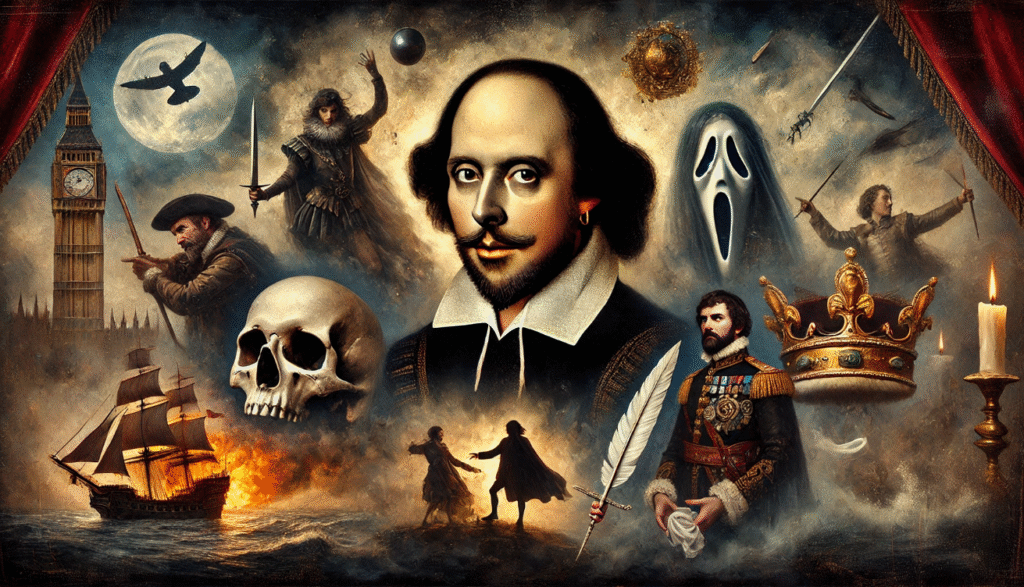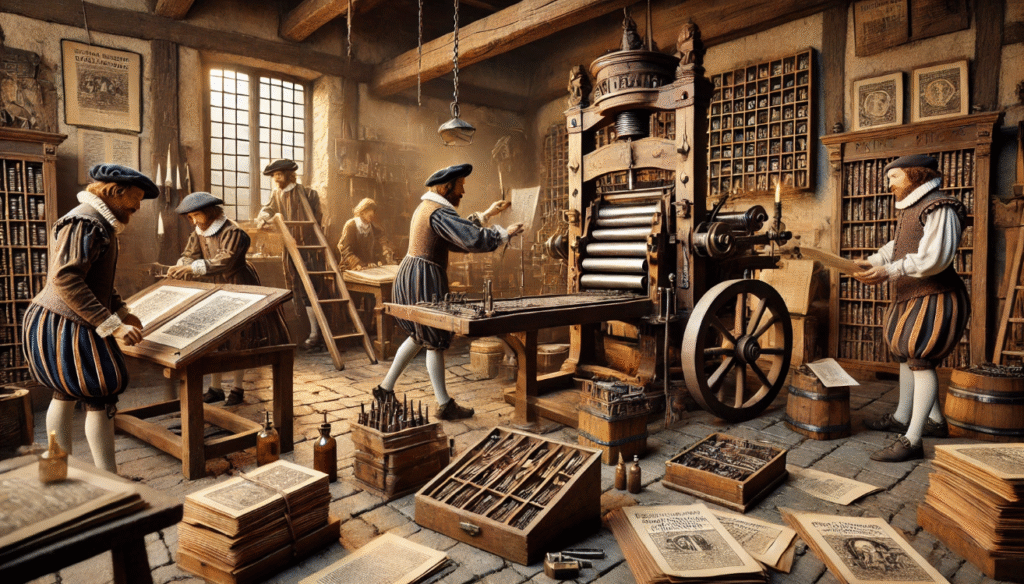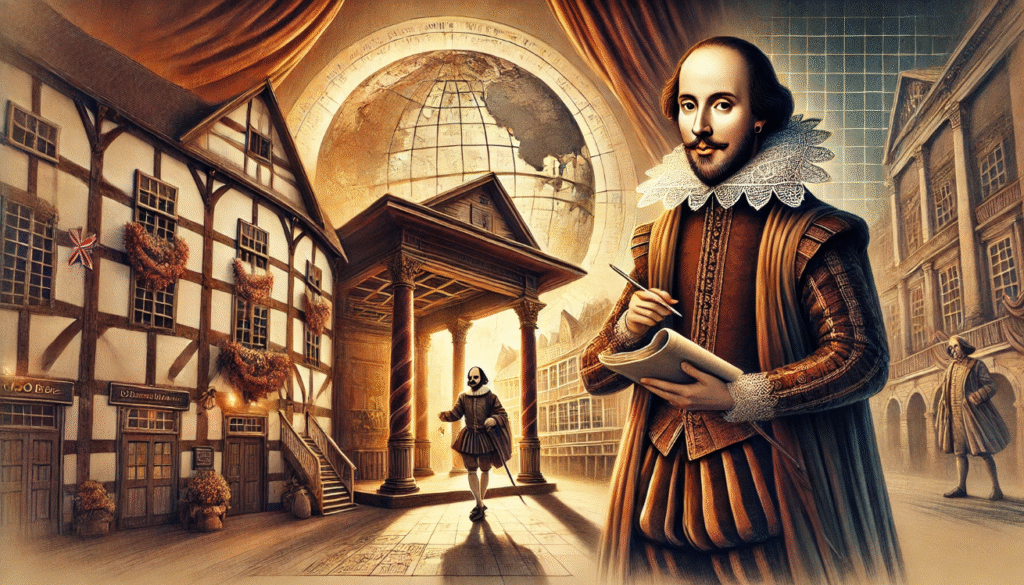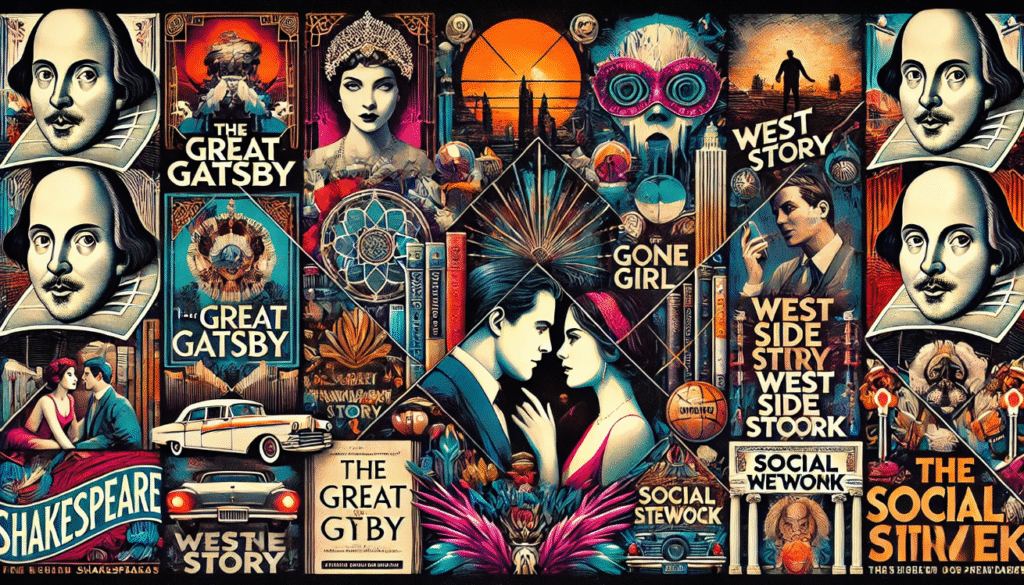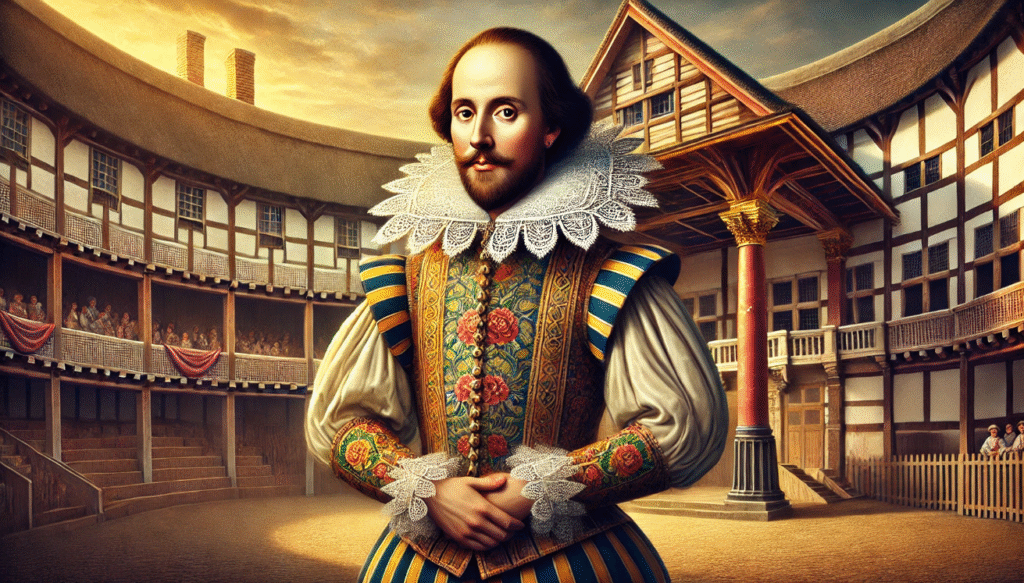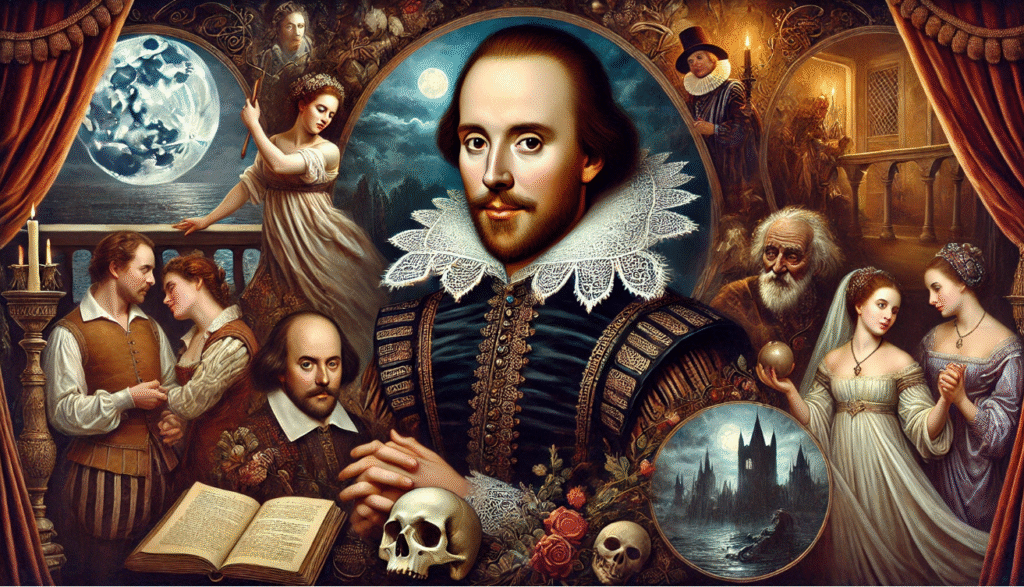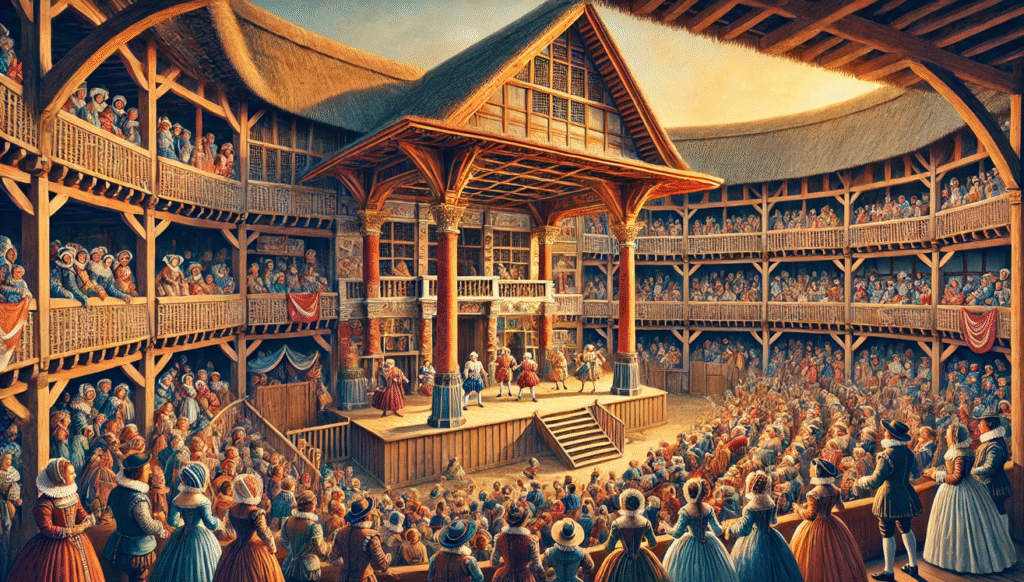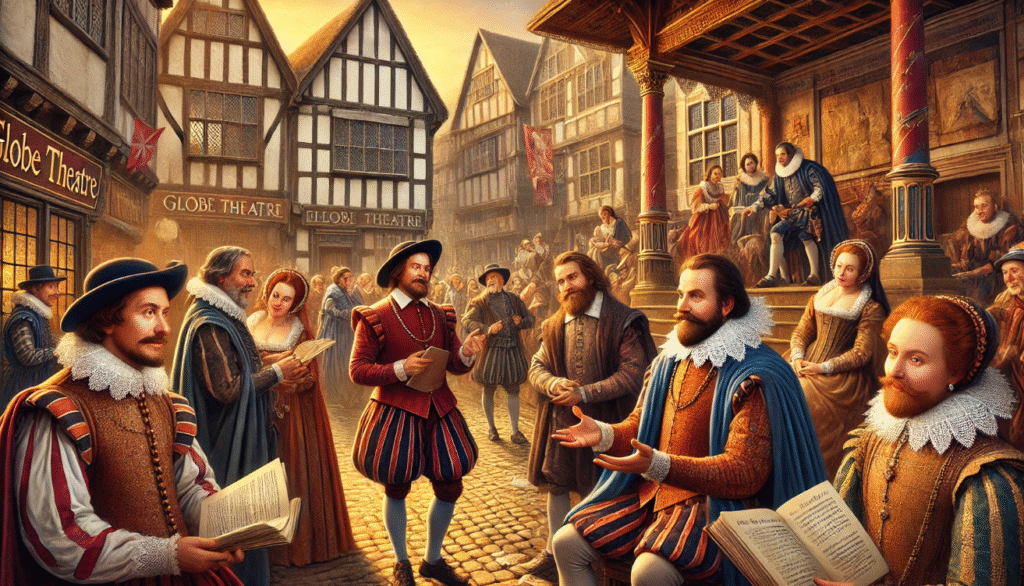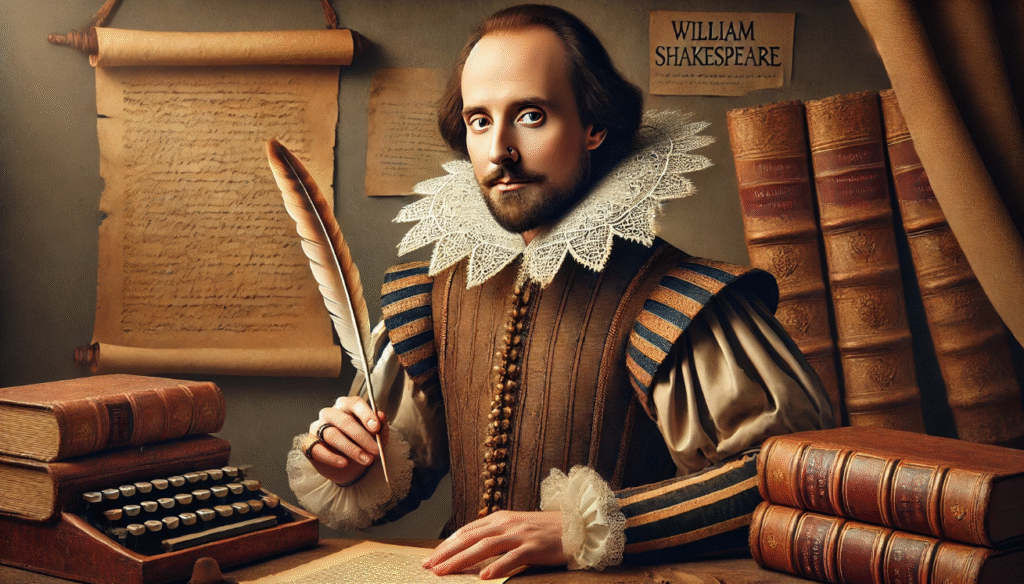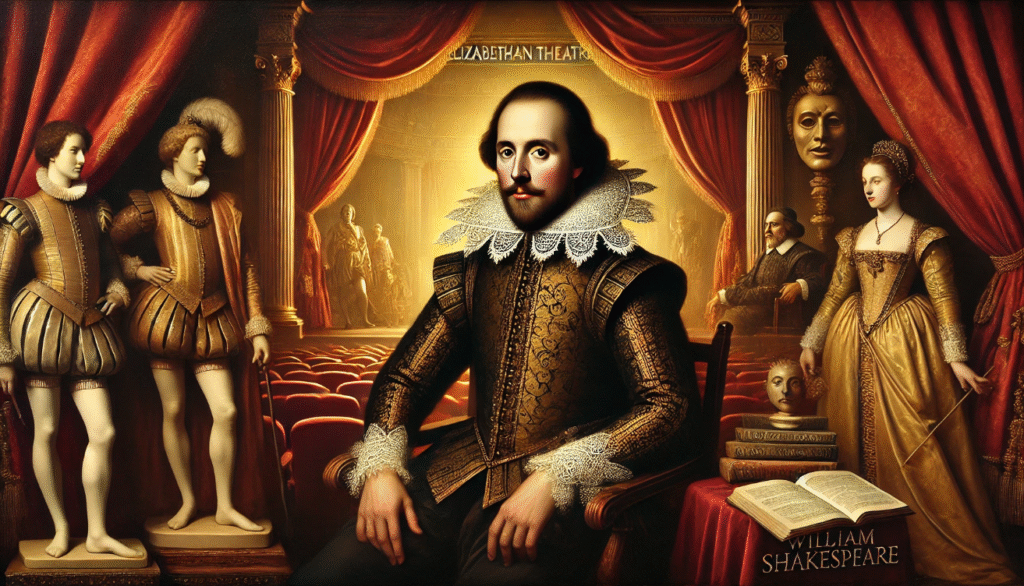 Shakespeare’s adaptations through the ages works have stood the test of time, resonating with audiences across generations and cultures. From his iconic plays like Romeo and Juliet and Hamlet to his timeless sonnets, Shakespeare’s adaptations through the ages literary legacy continues to shape literature, theater, and even modern pop culture. His themes of love, betrayal, ambition, and human nature remain as relevant today as they were in the 16th century. Whether you’re a literature enthusiast, a theater buff, or simply curious about the enduring impact of Shakespeare, his works offer a captivating glimpse into the human experience that transcends time and place.
Shakespeare’s adaptations through the ages works have stood the test of time, resonating with audiences across generations and cultures. From his iconic plays like Romeo and Juliet and Hamlet to his timeless sonnets, Shakespeare’s adaptations through the ages literary legacy continues to shape literature, theater, and even modern pop culture. His themes of love, betrayal, ambition, and human nature remain as relevant today as they were in the 16th century. Whether you’re a literature enthusiast, a theater buff, or simply curious about the enduring impact of Shakespeare, his works offer a captivating glimpse into the human experience that transcends time and place.
Shakespeare’s plays have been adapted and reimagined across various time periods, reflecting societal changes and evolving tastes. This central theme showcases the enduring relevance and adaptability of Shakespeare’s work, as it continues to resonate with audiences in different cultural and historical contexts. By examining the diverse adaptations of Shakespeare’s adaptations through the ages ‘s plays, we gain insight into the ways in which society’s values, beliefs, and interests have evolved over time, while also appreciating the timeless themes and universal truths that continue to captivate audiences worldwide.
The Renaissance and Elizabethan Era

Shakespeare’s Original Works:
During the Shakespeare’s adaptations through the ages, which lasted from 1558 to 1603, Shakespeare’s adaptations through the ages and produced many of his most famous plays. The theaters of this time were open-air and had very minimal sets and props. The performances were often held in the afternoons, and the actors had to rely on the language and their own physicality to convey the story to the audience. Shakespeare’s plays were initially performed by all-male troupes, and the female roles were played by young boys. The plays were also often adapted to fit the tastes and preferences of the audience, which could include adding in popular songs or dances.
Themes of Adaptation:
The themes of political undertones and social hierarchy were often modified in early adaptations of Shakespeare’s works to better suit the audience of the time. For example, in “The Taming of the Shrew,” the portrayal of gender roles and the power dynamics between men and women were often adjusted to reflect the prevailing attitudes towards marriage and relationships. In “King Lear,” the themes of kingship and loyalty were often emphasized to resonate with the political climate of the time. Notable early adaptations of Shakespeare’s works, such as “The Taming of the Shrew” and “King Lear,” showcase how these themes were modified to appeal to the audience of the time.
18th and 19th Century: Romanticism and Victorian Era

Shakespeare’s Resurgence:
During the Romantic period, there was a significant rise in interest in Shakespeare’s works, particularly in the realm of theatrical adaptations. Theatergoers in the 18th and 19th centuries sought to experience Shakespeare’s plays in a way that suited their tastes and sensibilities, leading to significant changes in plots and character portrayals. For example, Hamlet and Othello were often portrayed in a more sentimental manner to appeal to the romantic ideals of the time. These adaptations not only reflected the evolving cultural and artistic trends of the era but also helped to popularize Shakespeare’s works and solidify his status as a timeless and influential playwright.
Influence of Victorian Values:
The Victorians placed a strong emphasis on morality and idealized characters, often sanitizing Shakespeare’s darker elements in their adaptations of his works. Notable adaptations from this era include Charles and Mary Lamb’s “Tales from Shakespeare,” which presented Shakespeare’s plays in a more accessible and moralistic format for young readers. Additionally, popularized versions of “Macbeth” and “A Midsummer Night’s Dream” during the Victorian era often toned down the violence and supernatural elements in order to align with the prevailing moral values of the time. These adaptations reflected the Victorian desire to present literature in a more wholesome and morally upright manner.
The 20th Century: Modernism, Film, and Experimental Theatre

Shakespeare on Screen:
The rise of Shakespeare adaptations in cinema during the early 20th century, particularly with directors like Orson Welles and Laurence Olivier, played a significant role in bringing the Bard’s works to a wider audience. These adaptations often stayed true to the original text while adding a cinematic flair, making Shakespeare accessible to a broader range of viewers. In more recent times, modern interpretations of Shakespeare’s works have continued to thrive, with directors reimagining the classic stories to reflect contemporary themes and settings. Baz Luhrmann’s “Romeo + Juliet” (1996. is a prime example, as it transported the timeless tale of love and tragedy to a modern-day urban setting.
Theater Innovations:
In modern theater, experimental adaptations of Shakespeare’s works have brought about innovative and thought-provoking interpretations. Directors like Peter Brook and companies like the Royal Shakespeare Company have pushed the boundaries of Shakespearean performance by exploring new ways to present his works. One key adaptation and transformation in modern theater is the reimagining of Shakespeare’s tragedies, comedies, and histories across different genres. For example, directors have interpreted “King Lear” as a symbol of political power struggles in the modern world, shedding new light on the timeless themes of the play. These experimental adaptations have allowed audiences to see Shakespeare’s works in a fresh and contemporary light, sparking new conversations and interpretations of his classic plays.
21st Century: Digital Age and Diverse Mediums

Shakespeare in the Digital Era:
Technology plays a significant role in modern adaptations of cultural works, such as Shakespeare’s plays. From online theater productions to video game adaptations, technology allows for innovative and diverse interpretations of classic works. For example, Shakespeare’s plays have been adapted by different cultures, such as Macbeth in Bollywood or The Merchant of Venice in contemporary Israeli theater. These adaptations use technology to bring a fresh perspective to the original works, reaching new audiences and showcasing the cultural diversity and reinterpretations of these timeless stories. Online platforms and video game adaptations also provide opportunities for these adaptations to reach a wider audience and engage with audiences in new and exciting ways. Overall, technology has become an integral part of modern adaptations, allowing for creative and culturally diverse reinterpretations of classic works.
Adaptations in Popular Culture:
Shakespeare’s stories have had a significant impact on pop culture, with modern adaptations like 10 Things I Hate About You, She’s the Man, and The Lion King drawing inspiration from his works. This shows how Shakespeare’s influence has permeated into modern storytelling and entertainment. Furthermore, Shakespeare is no longer just a Western figure, as his works are now being adapted in various languages and cultural contexts all over the world. This globalization of Shakespeare demonstrates the universal appeal and relevance of his stories. Additionally, the classroom and digital platforms have played a significant role in the adaptation of Shakespeare’s works. Online platforms, educational programs, and social media have contributed to a new form of Shakespearean adaptation, making his stories more accessible and engaging for a modern audience.
Thematic Continuities in Adaptations

Shakespeare’s works continue to be adapted and reimagined because they tackle timeless themes that resonate with audiences across different time periods and cultures. Love, betrayal, ambition, power, and social dynamics are central to human experience and remain relevant regardless of the setting or context. One of the reasons for the enduring popularity of Shakespeare’s plays is their ability to be interpreted through different lenses, such as race, gender, and political power. By exploring these universal themes through diverse perspectives, adaptations can shed new light on the human condition and challenge societal norms. For example, modern adaptations of Shakespeare’s works may explore the complexities of love and relationships in the context of contemporary issues, or reinterpret power dynamics through the lens of social inequality.
By reimagining characters like Hamlet, Macbeth, and Juliet, directors and writers are able to make these classic figures relevant to contemporary audiences. They creatively rework Shakespeare’s texts to address modern sensibilities, focusing on issues such as social justice, identity, and inequality. This allows for a fresh interpretation of these characters, helping to connect them with today’s audience and make Shakespeare’s work more accessible and engaging for new generations.
Challenges and Controversies in Shakespearean Adaptations

Fidelity to the Original:
Preserving the original text of Shakespeare’s works while also making creative alterations is a complex and ongoing debate in the world of literature and theater. On one hand, there is a strong argument for preserving the original language and context of Shakespeare’s plays in order to honor their historical and cultural significance. On the other hand, there is a need to adapt these works in ways that are sensitive to diverse cultural contexts and modern values. One of the main challenges in adapting Shakespeare’s works is finding a balance between preserving the essence of the original play and making it relevant and accessible to contemporary audiences. This often involves making creative alterations to the language, setting, and characters in order to address issues of cultural sensitivity and modernization.
Criticism and Praise:

Adaptations of Shakespeare’s works, such as modern versions like Romeo + Juliet and The Lion King, have received mixed receptions from audiences and critics alike. While some praise these adaptations for bringing the timeless themes and characters of the original plays to a contemporary audience, others argue that they do not do justice to the depth and complexity of Shakespeare’s writing. The evolving critical perspectives on these adaptations reflect the ongoing debate about the role of adaptation in keeping Shakespeare relevant. Some believe that modern adaptations are necessary to introduce Shakespeare to new audiences and keep his works alive, while others argue that they may oversimplify or distort the original texts. Ultimately, the significance of adaptation lies in its ability to ensure that Shakespeare’s works continue to resonate with new generations.
Shakespeare’s works have evolved and adapted over time, remaining deeply influential across different historical periods and in various artistic forms. His adaptability ensures his relevance, as his plays and poetry have been adapted into countless films, books, and other forms of media. Looking to the future, new forms of media and emerging global cultures will continue to transform Shakespeare’s legacy, ensuring that his works remain impactful for generations to come.

